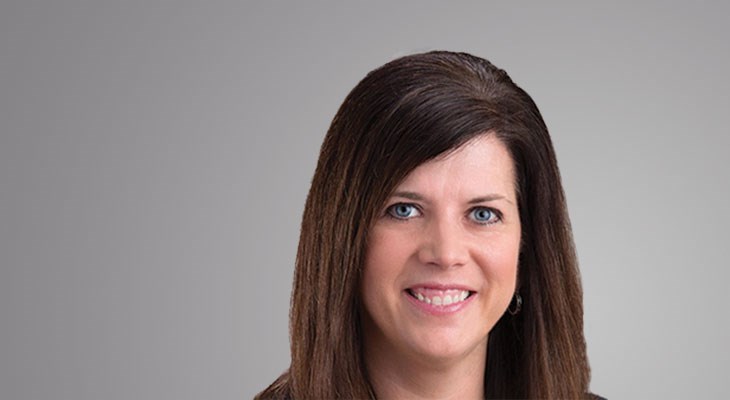Maria Bennett takes a very strategic approach to raising capital. It starts with getting to know the person who is writing the check.
“If there are folks who come to the table and say, ‘Hey, we love health care,’ we know we’re going to have to dig a little bit deeper,” says Bennett, founder, president and CEO at SPR Therapeutics.
Bennett played a key role in helping NDI Capital develop a neurostimulation system that addresses urinary incontinence. It led to a portfolio company that sold to Medtronic Inc. in 2008 for $42 million, returning more than 150 times the original investment back to investors. Bennett then brought her approach to SPR, which was spun out of NDI in January 2010 to develop a novel peripheral nerve stimulation platform.
Her success with both ventures, as well as in her first entrepreneurial experience at Boston Scientific, would have been difficult to achieve had she taken a more casual approach to soliciting investors. We spoke with Bennett about her process, as well as the role non-dilutive capital has played in her fundraising formula.
Get creative
We had to be very creative and think of different ways to fund the business. We also wanted to maintain friendly terms with investors coming into the business that would allow us to grow. We were bringing people to the table that could help and support that value creation, as well as provide insight to our growth.
Our parent company formed a fund of high-net-worth individuals and family offices that seeded SPR. So we had angel investment from a fund that was formed by individuals who were familiar with the technology, the industry and the management team. Alongside of that, we sought non-dilutive grant and contract funding and raised over $33 million in grants and contracts from the National Institute of Health and the U.S. Department of Defense, as well as some loans from the State of Ohio.
We were able to build upon the science and technology and seek these grants and contracts and have partnerships with these institutions. It was not only a great source of non-dilutive capital, it was also a peer-reviewed validation of the team, the technology and the science to address this unmet need in the marketplace. We always want to make sure that any funding that we seek aligns with our business or with our commercialization effort.
We are just wrapping up a Series C1 financing, which is a follow-on to our Series C. The Series C was a $28 million round. The Series C1 is going to be a $20 million round, both led by a large family office. To date we have had no institutional investors, no VC investors. It’s all been this emerging family office network that is playing a large role in a number of different startup companies and growth capital opportunities. We’ve been fortunate to find a good partner in this family office that has brought additional resources to bear as far as networking and connections in the industry, both on the financing side and business side as well.
Build an informed team
You have to meet with the principals who are going to be your partner on the road show. Whether you’re working with a small boutique investment banking firm or a large firm, it doesn’t necessarily matter. You need to know who is on the team. Who is going to be pitching the company and the investment opportunity to the investor? Who are you going to be working with? Not just the name of the firm. You have to know the individual or the team of individuals you’re going to work with.
Make sure they have the familiarity with the industry and are going to be able to get up to speed quickly on the business. Many times those investment bankers will make the initial pitch. They have to know the key message points and they have to deliver those points with a reasonable amount of knowledge and experience in the field. They have to be ready to answer questions and help to frame your overall message. If they have that knowledge, they likely then have the connections in the industry or investor profiles that are going to be attracted to the opportunity.
I asked a lot of questions about other comparable deals that investment banks had done. What stage was that company at when you were representing them? What type of investor profile were you looking for? What was the round you were seeking? The different stages of investment, the different stages of the company, there are so many nuances to that. If it’s a banker that only does early stage or later stage, they may not know the sweet spot a company is looking for.
Good investment bankers will give you references for the companies they worked with. Follow through on those references. Doing the due diligence on those bankers is worth it because once you find a good one, they are worth it. If you don’t do it, you can spend a lot of time turning your wheels and not getting the value out of that partnership.
The Last Word
Be very mindful of the capital that’s coming in and making sure it fits the value creation opportunity and pre and post-money value. Your starting point will always be your starting point. That’s what the shares will be priced at and that’s how you’ll be looked at down the road for an exit opportunity. You don’t want to be too aggressive and raise too much capital to the point that it dilutes your investors.




